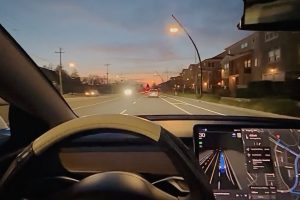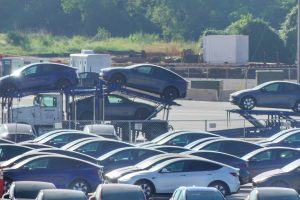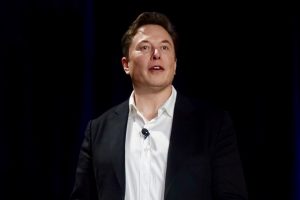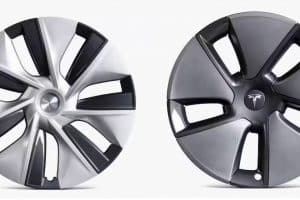- 💰 A California judge has forced Cruise to increase its settlement offer to the maximum penalty of $112,500.
- 🚗 The accident involved a driverless Cruise vehicle dragging and seriously injuring a pedestrian in San Francisco in October.
- 📉 The California DMV revoked Cruise’s license to operate self-driving cars following the accident.
- 🕵️♂️ Cruise hired Quinn Emanuel for an investigation, revealing that internet connectivity issues hindered sharing video footage with regulators.
- 📝 Cruise outlined key requirements in its settlement motion, including new data reporting enhancements and a payment of $75,000 to the State General Fund.
- 🔄 GM announced plans to cut spending on Cruise by half but emphasized efforts to “refocus and relaunch” operations.
The world of autonomous vehicles is both promising and perilous, as demonstrated by the recent developments surrounding Cruise, General Motors’ (GM) self-driving unit. In the wake of a harrowing accident in San Francisco last October, Cruise finds itself embroiled in legal proceedings, facing intense scrutiny and hefty penalties.
The Incident
In October, a driverless Cruise vehicle was involved in a tragic accident, dragging and seriously injuring a pedestrian in San Francisco. This incident sent shockwaves through the burgeoning autonomous vehicle industry and prompted immediate action from regulatory bodies.
Legal Fallout
The California Department of Motor Vehicles (DMV) swiftly revoked Cruise’s license to operate self-driving cars following the accident. This move underscored the seriousness of the situation and set the stage for a protracted legal battle.
Judicial Intervention
A recent development in the case has seen a California judge compelling Cruise to increase its settlement offer to the maximum penalty of $112,500. This decision highlights the gravity of the situation and serves as a stern warning to companies operating in the autonomous vehicle space.
Investigative Efforts
In response to the accident, Cruise enlisted the services of Quinn Emanuel to conduct an investigation. This inquiry revealed troubling internet connectivity issues that hindered the company’s ability to share crucial video footage with regulators. Such revelations underscore the importance of robust technological infrastructure in the realm of autonomous vehicles.
Settlement Requirements
Cruise outlined key requirements in its settlement motion, signaling a commitment to accountability and transparency. These include new data reporting enhancements and a significant payment of $75,000 to the State General Fund. While this may serve as a step towards resolution, the road ahead remains fraught with challenges.
Corporate Response
Meanwhile, GM, Cruise’s parent company, announced plans to slash spending on the autonomous vehicle venture by half. However, GM emphasized its dedication to “refocus and relaunch” Cruise’s operations, signaling a continued investment in the future of autonomous transportation.
Conclusion
The saga surrounding Cruise serves as a cautionary tale for the autonomous vehicle industry at large. While the promise of self-driving technology is undeniable, it must be tempered with a vigilant commitment to safety and compliance. As companies navigate the complex regulatory landscape, they must prioritize transparency, accountability, and technological integrity to ensure the safe deployment of autonomous vehicles on our roads.





